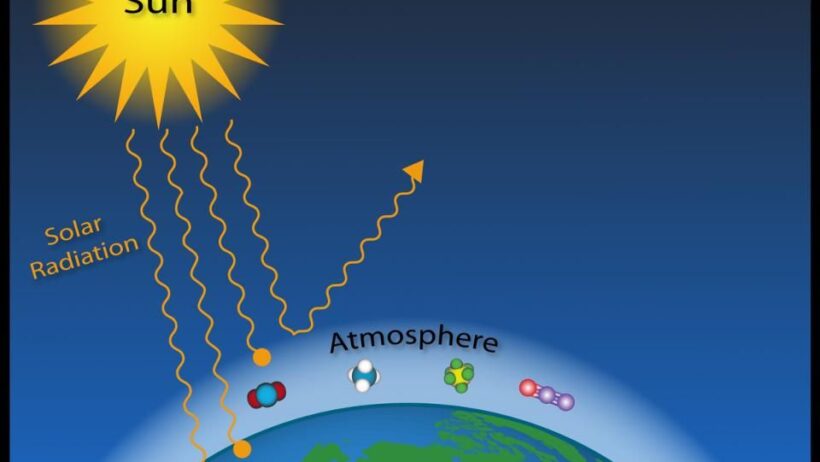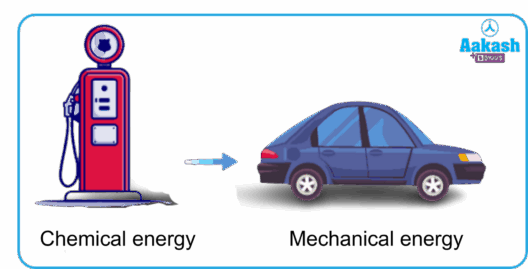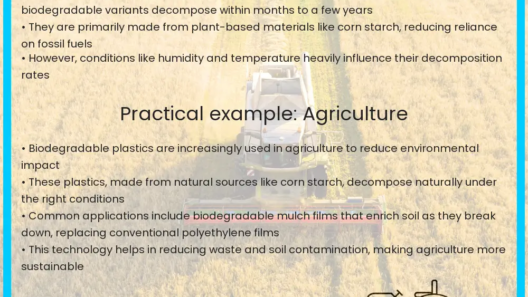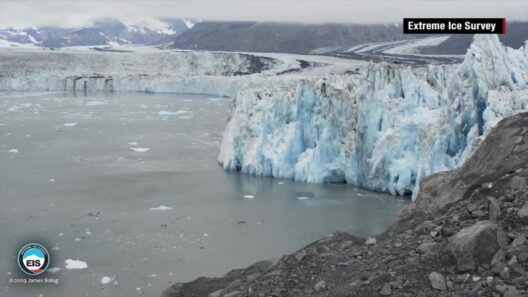Climate change is an intricate and multifaceted issue that has captivated scientists, activists, and policymakers alike. Among the various greenhouse gases that contribute to this pressing problem, two stand out prominently: water vapor and carbon dioxide (CO2). Understanding the differences and implications of these two gases is crucial for evaluating their respective impacts on global warming and climate change. This article delves into the intricate dynamics between water vapor and carbon dioxide, offering an exhaustive examination that encapsulates their environmental consequences.
The Role of Greenhouse Gases in Climate Change
Greenhouse gases are compounds that efficiently trap heat in the atmosphere. This phenomenon, known as the greenhouse effect, is essential for maintaining a habitable climate on Earth. However, anthropogenic activities have significantly altered the concentrations of these gases, resulting in an accelerated warming trend. Water vapor and carbon dioxide play pivotal roles in this process, albeit through different mechanisms.
Understanding Water Vapor
Water vapor is the most abundant greenhouse gas in the atmosphere, comprising a major portion of Earth’s atmospheric composition. Its concentration is not directly influenced by human activities; rather, it serves as a feedback mechanism. As temperatures rise, increased evaporation from oceans and land leads to higher water vapor levels. This cycle creates a positive feedback loop, where warming begets more water vapor and, consequently, further warming.
Given its potency, water vapor is responsible for approximately two-thirds of the greenhouse effect. Its effectiveness as a greenhouse gas is noteworthy; it can trap more heat than CO2. However, it is essential to recognize that water vapor alone is not the primary driver of climate change, as its levels are transient and depend on the temperature of the atmosphere.
The Significance of Carbon Dioxide
In contrast, carbon dioxide has a direct anthropogenic origin, primarily resulting from fossil fuel combustion, deforestation, and various industrial processes. CO2 is characterized by its long atmospheric lifetime, persisting for centuries before being sequestered back into geological formations or absorbed by vegetation and oceans. As such, its role in climate change is more permanent and accumulative. This elevated concentration of CO2 has led to concerns about its contribution to the greenhouse effect, driving global temperatures to unprecedented levels.
Carbon dioxide accounts for a significant portion of the enhanced greenhouse effect. While less efficient at trapping heat than water vapor, its longevity in the atmosphere means it has a long-term impact on climate systems. The residual carbon dioxide creates a sustained warming effect that alters weather patterns, sea levels, and biodiversity across the globe.
Comparative Analysis: Water Vapor vs. Carbon Dioxide
To adequately evaluate which gas is ‘worse’ for the planet, it is imperative to consider several critical dimensions, such as concentration, persistence, feedback loops, and their individual influences on climate change.
Concentration: Water vapor demonstrates a highly variable concentration, altering dramatically with regional climates and weather systems. In contrast, carbon dioxide levels have steadily increased since the Industrial Revolution, primarily due to human activities. Recent measurements show CO2 concentrations surpassing 410 parts per million, highlighting its steady accumulation.
Persistence: While water vapor’s residence time in the atmosphere is short, typically ranging from days to weeks, carbon dioxide remains for decades, even centuries. This longevity means CO2’s warming effects do not dissipate quickly as they do with water vapor fluctuations.
Feedback Loops: Water vapor acts predominantly as a feedback mechanism, amplifying the warming initiated by other greenhouse gases, including carbon dioxide. Conversely, CO2 serves as a driving force, establishing a baseline level of warming that facilitates the water vapor feedback loop. Without the initial increase in CO2, the cascade of water vapor increases would not occur.
The Interaction Between Water Vapor and Carbon Dioxide
The interplay between these two gases is convoluted. As carbon dioxide levels rise, they heighten global temperatures, leading to increased evaporation rates and thus higher concentrations of water vapor. This dynamic fabric of atmospheric chemistry and physics further complicates the attribution of warming events solely to one greenhouse gas. The presence of other gases, such as methane and nitrous oxide, further contributes to the intricate web of climatic influences.
Conclusion: Which Is Worse?
Determining whether water vapor or carbon dioxide is worse for the planet is not a straightforward endeavor. Each gas plays a distinct but interconnected role in the overall scheme of climate change. Water vapor, while more potent, acts mainly as a feedback mechanism, whereas carbon dioxide is an enduring driver of warming trends.
To mitigate climate change effectively, addressing carbon dioxide emissions is paramount. Reducing fossil fuel dependency and promoting sustainable practices are critical steps toward curtailing CO2 release. Simultaneously, understanding the role of water vapor is essential for grasping how our climate operates as a system. As the battle against climate change continues, the nuanced relationship between these two greenhouse gases must be acknowledged and accounted for in policy discussions and scientific research.








